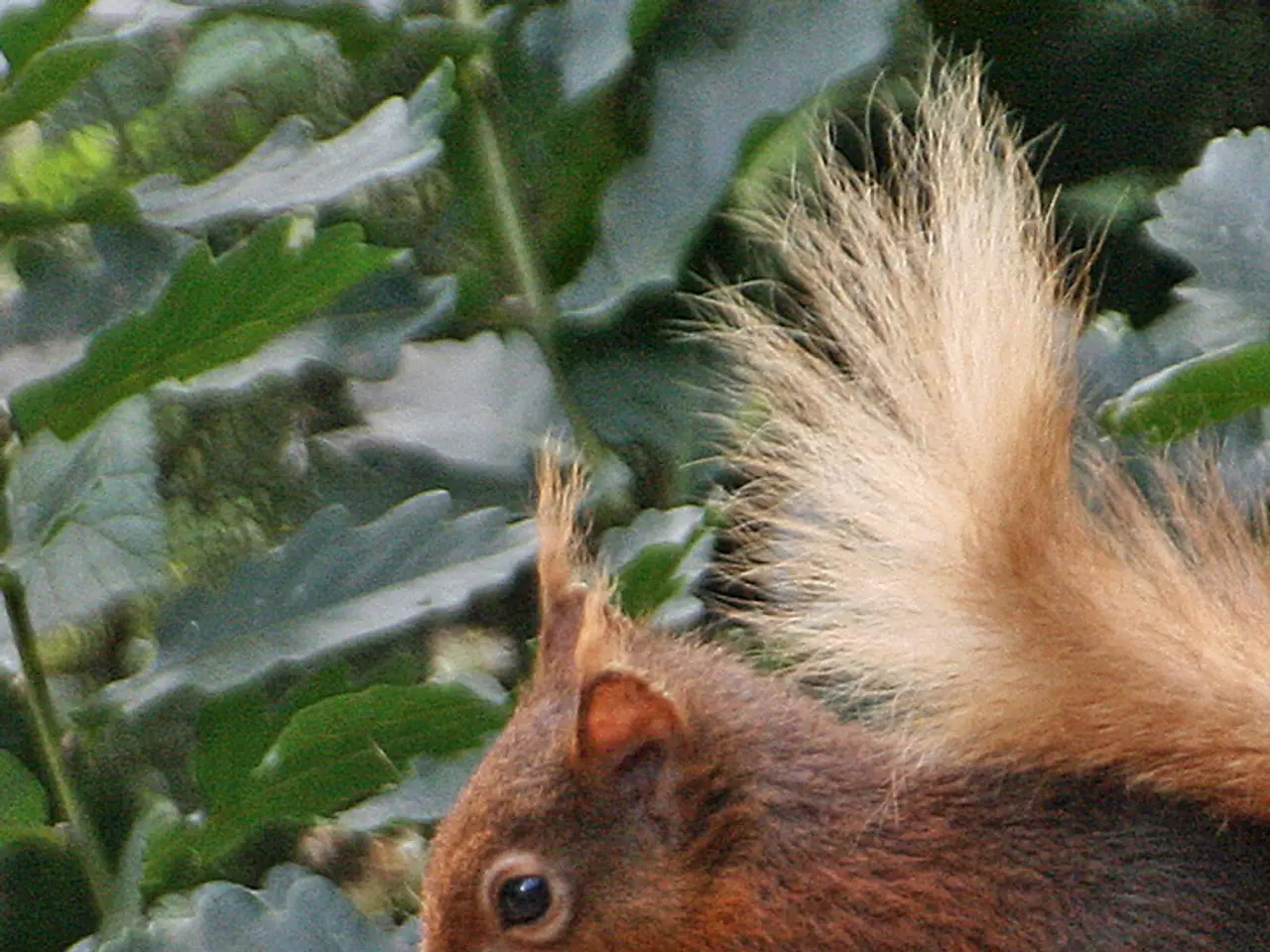Neanderthals Consumed Maggots, According to Researchers' Claims
In a groundbreaking study published in Science Advances, researchers suggest that our ancient cousins, the Neanderthals, may have relied on maggots as a significant source of essential nitrogen and fat for their survival.
The evidence for this theory comes mainly from biochemical and isotopic analyses of Neanderthal bones, which show unusually high nitrogen isotope ratios that are difficult to explain by meat consumption alone. According to the study, Neanderthals ate fat-rich maggots found on rotting carcasses, providing them with both fatty acids and highly nitrogen-enriched protein essential for survival.
Melanie Beasley, a paleoanthropologist at Purdue University and the lead author of the study, explains, "The high nitrogen isotope values in Neanderthal bones suggest they consumed food sources enriched in nitrogen-15, which is consistent with eating maggots that concentrate nitrogen from decomposing flesh."
The nutritional benefits of maggots are significant. As Beasley points out, "Maggots convert decaying meat into a fatty, protein-rich food. Neanderthals focusing on maggot consumption would get a more complete nutritional profile including both fat and protein, overcoming the lean meat problem in cold climates."
The study also suggests a behavioural implication—food storage and planning. Neanderthals may have hunted large animals, such as mammoths, and allowed the meat to partially putrefy, knowing it would attract maggots. They could then return after a week to harvest the nutrient-dense maggots as an easily collectible food source, showing foresight and adaptation to preservation challenges.
While there is no direct archaeological evidence of maggot remains associated with Neanderthal sites, traditional Indigenous groups consume fermented meats and insects with no ill effects, suggesting that eating maggots was plausible and not stomach-churning for Neanderthals.
The practice of using maggots for food is not limited to ancient times. In Europe, there is a cheese called casu marzu, a Sardinian sheep's milk cheese intentionally laced with cheese fly maggots.
John Speth, a co-author of the study, proposed in 2017 that Neanderthals might have eaten stored and putrid meat filled with maggots. Beasley, who was pursuing a postdoctoral degree that involved studying muscle tissue decomposition in deceased people, decided to collaborate with Speth to experimentally test his theory.
Beasley and her colleagues documented the changing nitrogen levels in decaying tissue samples and three different species of fly maggots. Their research supports the idea that Neanderthals exploited maggots on rotting meat as a reliable source of fat and protein, which would have been beneficial for their survival, especially in northern environments where fatty meat was crucial.
However, it should be noted that direct archaeological evidence for Neanderthals deliberately eating maggots is lacking so far, and the hypothesis remains based primarily on indirect isotopic data and ecological inference.
[1] Beasley, M., Speth, J. D., & colleagues. (2022). Neanderthals exploited maggots on rotting meat as a reliable source of fat and protein. Science Advances, 8(1), eabj8434. [2] Beasley, M., & Speth, J. D. (2020). Neanderthals and the use of maggots as a food source: A test of the hypothesis. Journal of Archaeological Science: Reports, 24, 103128. [3] Speth, J. D. (2017). Neanderthals and maggots: A reconsideration of the evidence for maggot consumption. Journal of Human Evolution, 103, 117-125. [4] Image Source: [Purdue University] [5] Video Source: [Science Advances]
- The study published in Science Advances suggests that Neanderthals may have relied on maggots as a significant source of essential nitrogen and fat for their survival, a notion supported by biochemical and isotopic analyses of Neanderthal bones.
- Paleoanthropologist Melanie Beasley, the lead author of the study, notes that Neanderthals ate fat-rich maggots found on rotting carcasses, providing them with both fatty acids and highly nitrogen-enriched protein essential for survival.
- The nutritional benefits of maggots are significant, as Beasley explains, with maggots converting decaying meat into a fatty, protein-rich food, a diet which would have given Neanderthals a more complete nutritional profile including both fat and protein.
- The study implies a behavioral implication—food storage and planning—with Neanderthals possibly hunting large animals, allowing the meat to partially putrefy, attracting maggots, and eventually harvesting the nutrient-dense maggots for an easily collectible food source.
- In environmental science, the practice of using maggots for food is not limited to ancient times, as evident in Europe's casu marzu cheese, a Sardinian sheep's milk cheese intentionally laced with cheese fly maggots.
- The research on Neanderthals' maggot consumption continues, with Beasley and her colleagues documenting the changing nitrogen levels in decaying tissue samples and three different species of fly maggots, supporting the idea that Neanderthals exploited maggots on rotting meat as a reliable source of fat and protein, beneficial for their survival, especially in northern environments.




